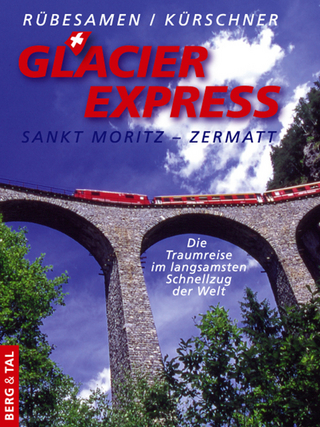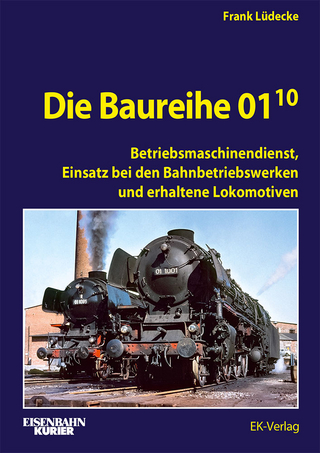
Early Railways of Scotland
Amberley Publishing (Verlag)
978-1-3981-2319-9 (ISBN)
- Noch nicht erschienen (ca. August 2025)
- Versandkostenfrei innerhalb Deutschlands
- Auch auf Rechnung
- Verfügbarkeit in der Filiale vor Ort prüfen
- Artikel merken
Scottish railway history began in 1722 when William Dickson commenced work on the Tranent–Cockenzie Waggonway. Built entirely in wood and designed to carry coal from pits at Tranent to Salt Pans at Cockenzie, it was the first railway to be built in Scotland. Developing first in the most industrialised parts of the country, in the Lothians and later around Glasgow, wooden and iron railways flourished in no small part thanks to the work of Robert Stevenson.
In this book Ed Bethune and Anthony Dawson from the 1722 Waggonway Project take the reader on a century long tour of the earliest of Scottish railways, beginning in 1722 and ending with the Garnkirk & Glasgow Railway of 1831, the first ‘modern’ railway in Scotland.
The 1722 Waggonway Heritage Group was established in 2017 to preserve, promote and enhance the history of the Tranent–Cockenzie Waggonway, Scotland’s earliest railway, through research, archaeology and community heritage initiatives. Thanks to their work, much is now known about how early wooden railways were constructed, and how early nineteenth-century fish-bellied rails laid on stone blocks worked, as well as the 1833 Robert Stevenson-designed harbour at Cockenzie. This publication aims to make the brand-new information from the archival and archaeological work into Scotland’s earliest railways accessible to all, helping set the context for the beginnings of the Scottish railway network as conceived by trailblazers William Dickson, William Adam and Robert Stevenson.
Anthony is an archaeologist and early railway historian who has authored many books for Amberley. He has also written several monographs on the Liverpool & Manchester Railway for Pen & Sword Transport. He is a member of the Railway & Canal Historical Society, the Newcomen Society and is a Director of the Liverpool & Manchester Railway Trust. He is also a member of the International Early Railways Conference committee and the 1722 Waggonway Heritage Group. He has appeared on several TV programmes including Secret History of the Railways and Time Team. Ed Bethune is an early railway historian and heritage media consultant, and is the founder and chairperson of the 1722 Waggonway Heritage Group. He has been researching the Tranent–Cockenzie Waggonway since 2013 and has published work relating to his research in The Journals of William Dickson (1717–1745): The man who helped build Scotland’s first railway (Scottish Record Society, 2022), and Salt: Scotland’s Newest Oldest Industry (John Donald, 2023). He has also written for NLS ‘Discover’, History Scotland, East Lothian Life and has appeared on the BBC’s Digging for Britain.
| Erscheint lt. Verlag | 15.8.2025 |
|---|---|
| Zusatzinfo | 100 Illustrations |
| Verlagsort | Chalford |
| Sprache | englisch |
| Maße | 165 x 234 mm |
| Themenwelt | Natur / Technik ► Fahrzeuge / Flugzeuge / Schiffe ► Schienenfahrzeuge |
| ISBN-10 | 1-3981-2319-6 / 1398123196 |
| ISBN-13 | 978-1-3981-2319-9 / 9781398123199 |
| Zustand | Neuware |
| Haben Sie eine Frage zum Produkt? |
aus dem Bereich


